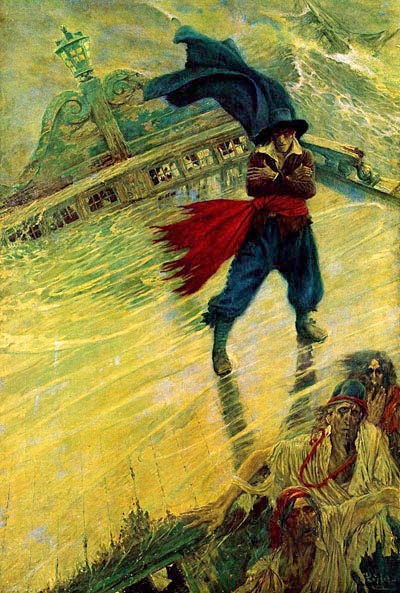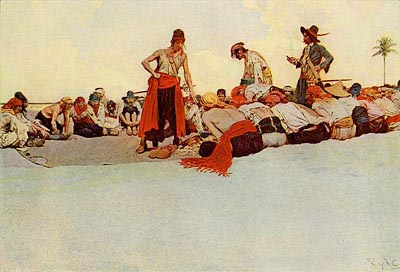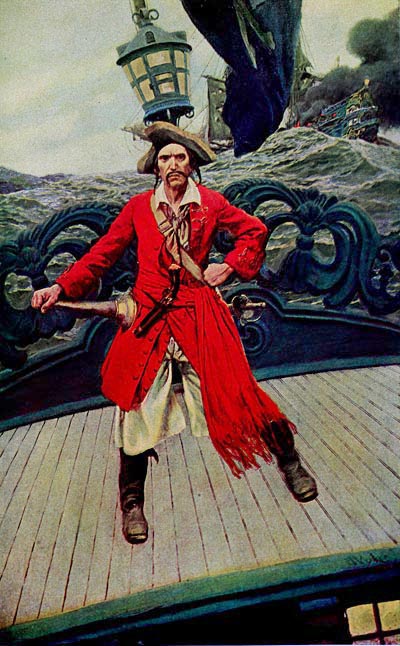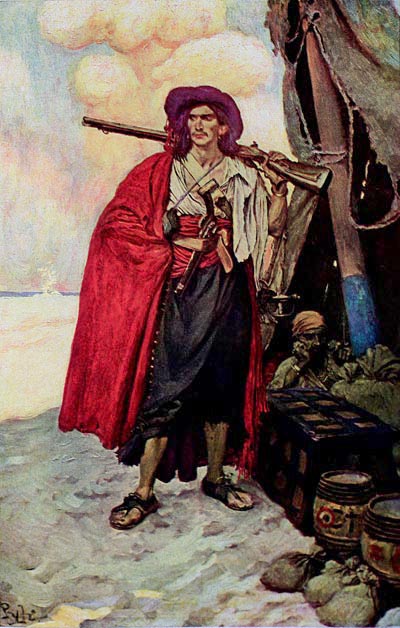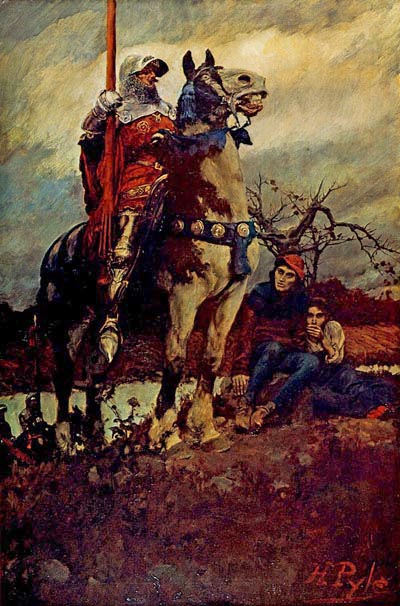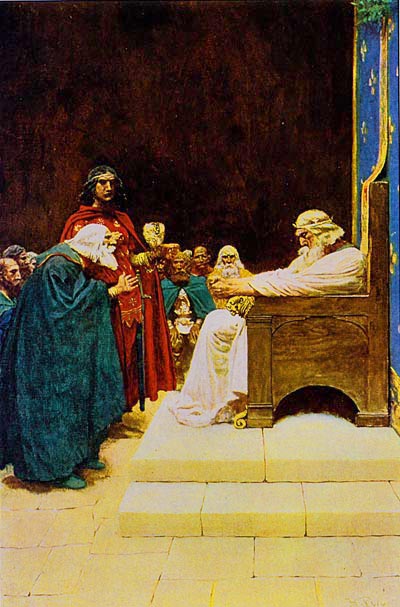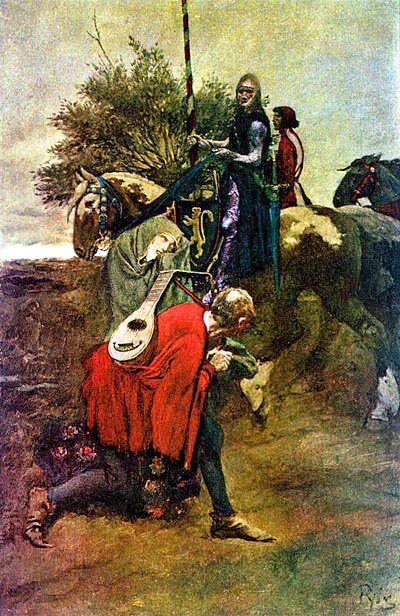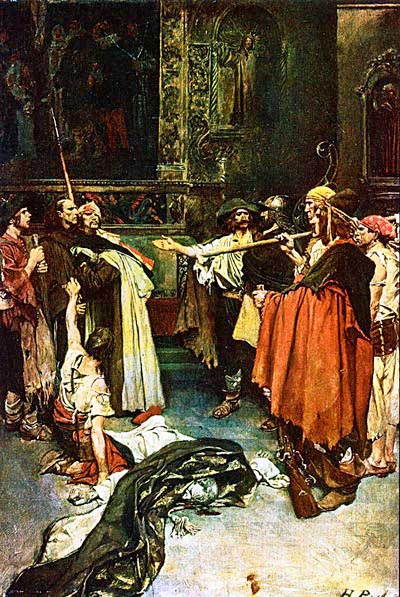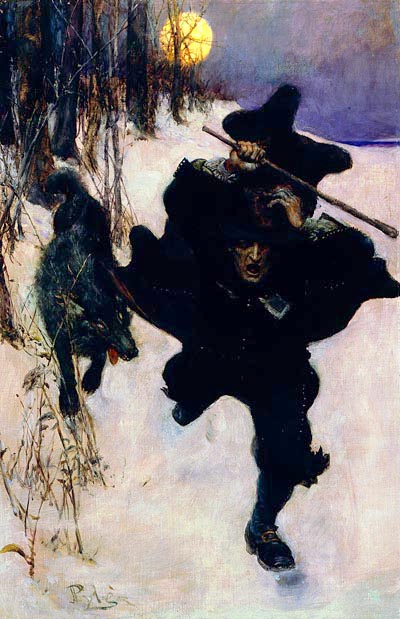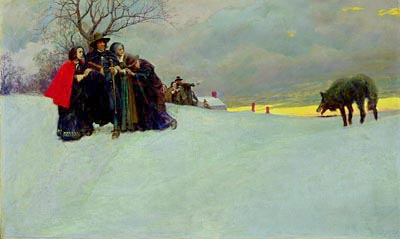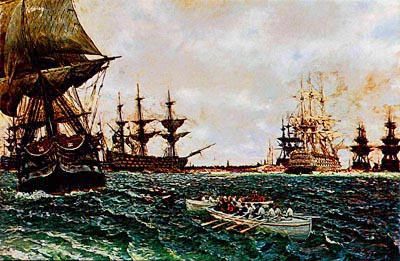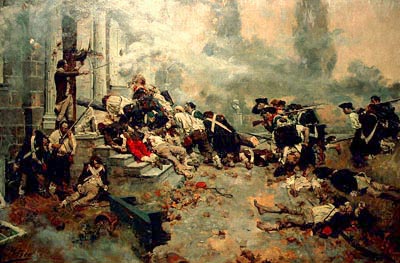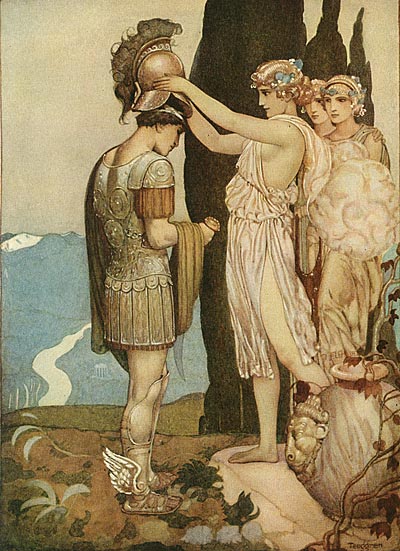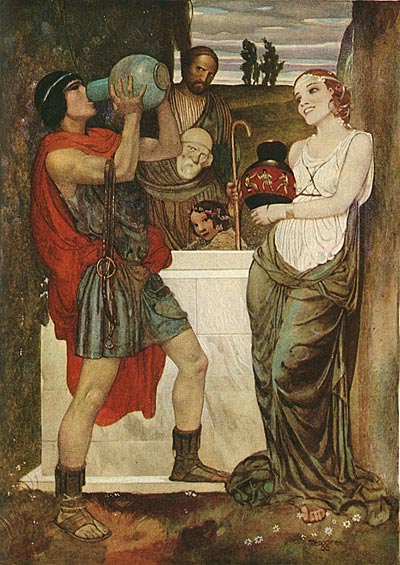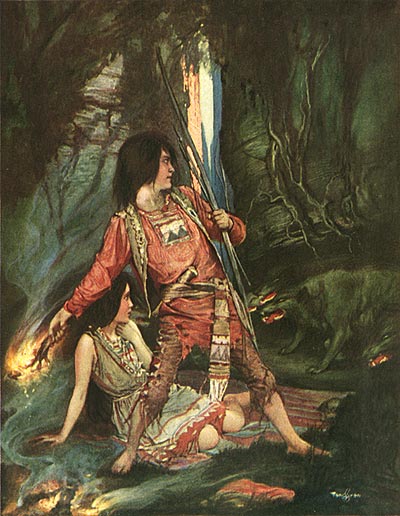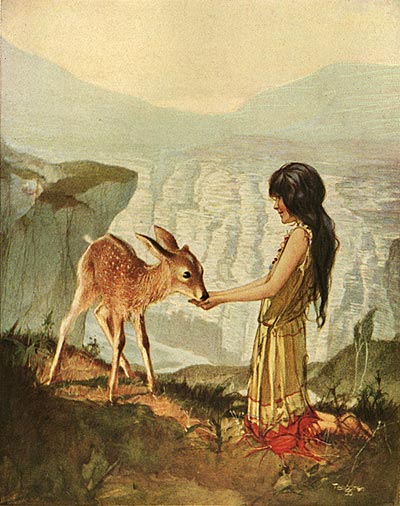
The Raven
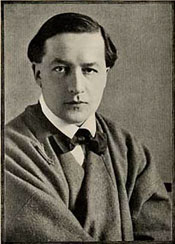
 In the golden age of storybook illustration, there were two artists who led the field… Arthur Rackham and Edmund Dulac. Both of these artists were prolific, but of the two, Dulac was the most stylistically versatile. Today, we digitized one of Dulac’s most unique books, The Poetical Works of Edgar Allen Poe (1912).
In the golden age of storybook illustration, there were two artists who led the field… Arthur Rackham and Edmund Dulac. Both of these artists were prolific, but of the two, Dulac was the most stylistically versatile. Today, we digitized one of Dulac’s most unique books, The Poetical Works of Edgar Allen Poe (1912).
Dulac took full advantage of the printing technology of his day to create images full of deep shadow, inviting the viewer to peer into the details in the darkness. Note for instance the figure in The Raven. His body falls into the shadow across the chair and rug, defined only by the cool shadowy colors of his trousers against the warm ones of the background. Dulac’s images perfectly capture Poe’s dark, melancholy moods, as well as the cosmic, dreamlike situations of poems like Israfel. Light is used to great effect with eerie, otherworldly uplighting in To One In Paradise, cool moonlight through an open window in The Sleeper, and a pinpoint light source in To Helen.
One of the genres of storytelling that has been rarely employed in animation is gothic horror. Looking at these images, it’s clear that animation would be capable of creating a dark, sinister world even more vivid than could be ever be created in live action.


The Bells

The Bells

To One In Paradise
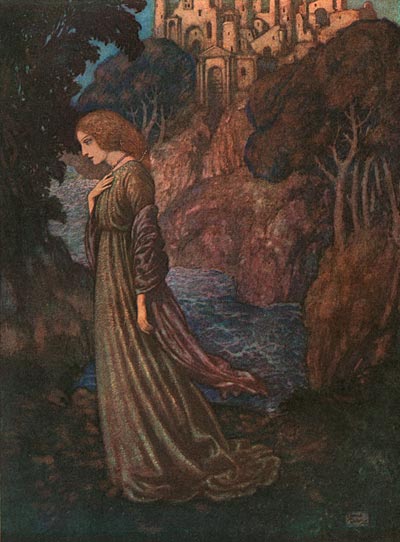
Lenore

To Helen

The Haunted Palace

The Sleeper

Eldorado

The Conqueror Worm

To The River

To Helen

To – –

Israfel

Dreamland
If you compare these images to Dulac’s last great illustrated book, Nathaniel Hawthorne’s Tanglewood Tales, you will notice a radical shift of style. Just like Gustaf Tenggren reinvented his painting style between his early work on Bland Tomtar Och Troll and the Golden Books series, Dulac’s style underwent a transformation from the classic illustration style of artists like Arthur Rackham and Howard Pyle to a style influenced by Persian illuminated manuscripts and oriental design.


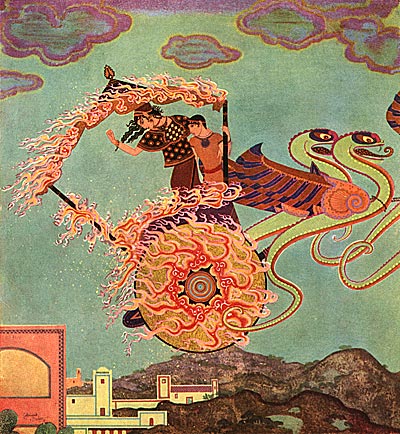






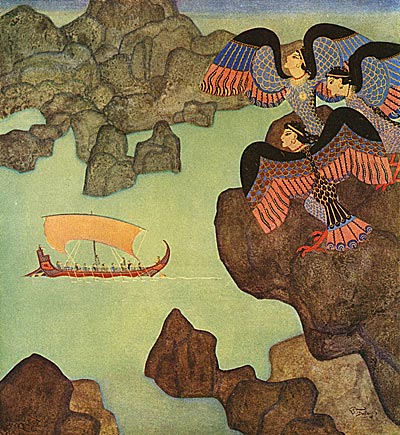
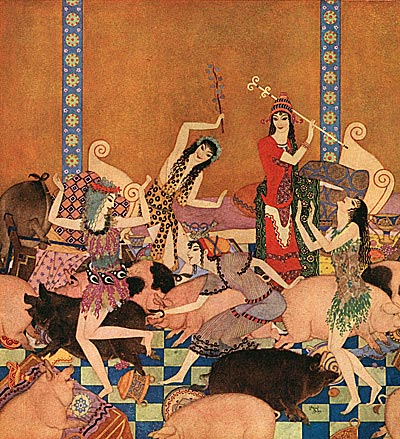


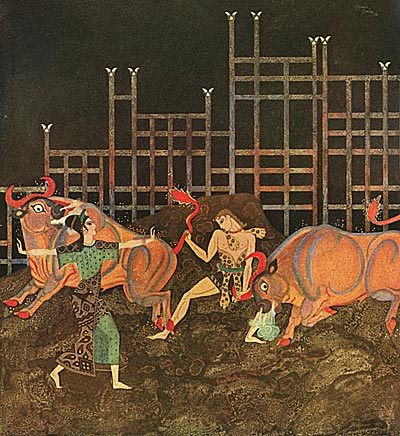
A friend of mine asked me a question that a couple of his acquaintances had asked him about Animation Resources… "Why aren’t there more posts of material from animation?"
It’s a valid question. There are two reasons… First of all, animation is primarily about movement. In order to convey that, it requires movie files. Unfortunately, at this point, we can’t afford the bandwidth to provide a lot of streaming video. At some point, when the project has grown a bit, we hope to be able to do that.
The second reason cuts to the heart of what Animation Resources is intended to accomplish. We aren’t trying to create a trade school program in animation to teach people how to animate- That’s beyond the scope of what we can do here. The purpose of the Archive is to provide inspiration… to supply material that will help artists see and create in a different way. Inspiration for animation doesn’t have to come from animation itself. Real life, illustration, fine art, music and great literature can all inspire animation.
American animation celebrated its 100th Birthday in 2006. But in all that time, the way an animated film looks hasn’t been explored nearly as fully as it should have been. From a design standpoint, cartoons have always been very imitative… In the 1930’s dozens of characters looked like Mickey Mouse. Today, the main characters of animated features all look about the same. There’s no reason why this has to be the case.
The purpose of the reference material I’m providing isn’t to give you, the artist, a "cop file" that you can duplicate in your own work- It’s to help break down the essence of animation design… caricature, anthropomorphism, stylization, color, pleasing shapes, expression, etc… so you can incorporate those elements into your own work, and create new ways of seeing for those of us in the audience. Referencing illustration and print cartooning is a much better source for that sort of thing than referencing other animated films.
A truly great artist can’t keep working in a single style. They have to evolve and grow. I hope the images I’m posting here in this blog help you along to break new ground in how an animated film can look.
Stephen Worth
Director
Animation Resources
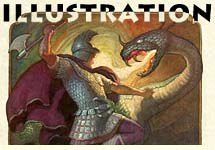

This posting is part of a series of articles comprising an online exhibit spotlighting Illustration.









 by
by 














